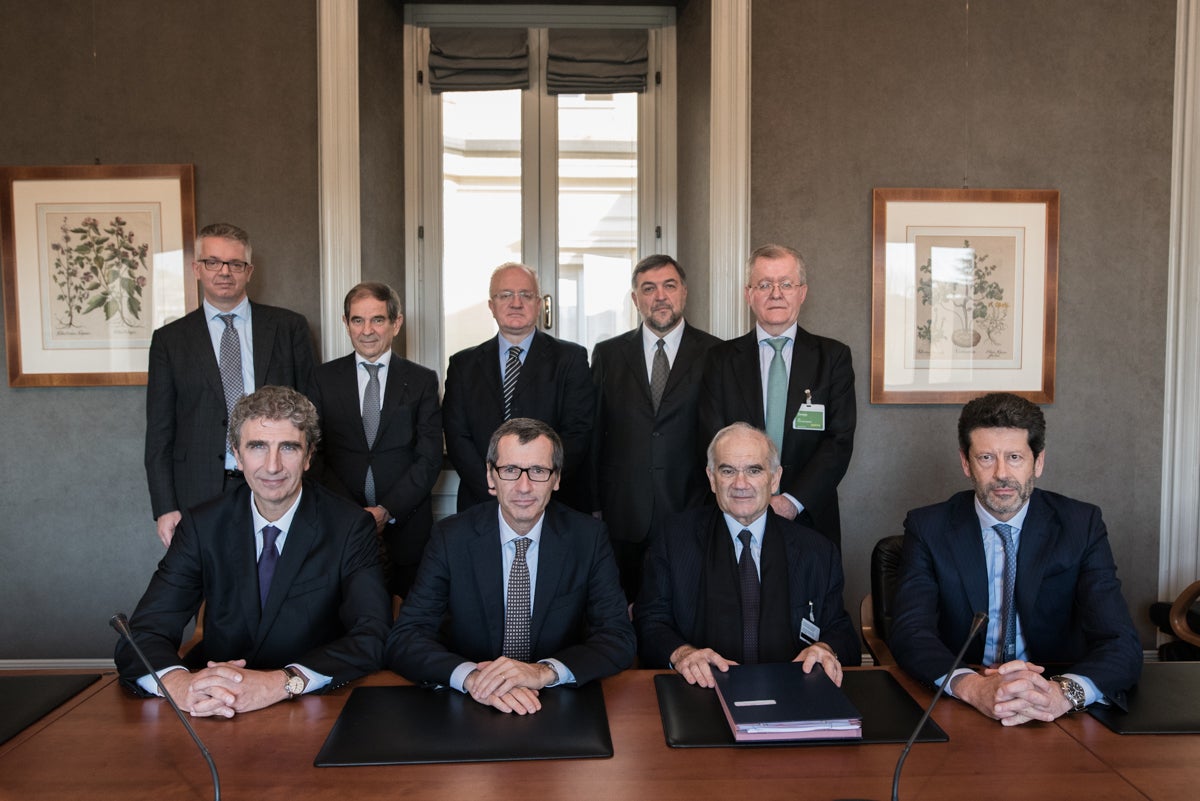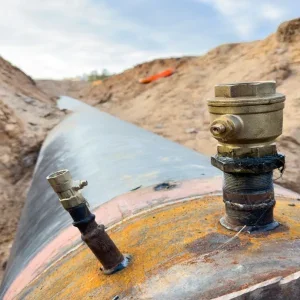
Italy’s Edison is planning to build 760MW natural gas-powered thermoelectric power plant in Presenzano in the province of Caserta, with an investment of €370m ($408m).
Planned to be developed in partnership with Ansaldo Energia, the power plant will have an energy efficiency of approximately 63%.
The facility will feature Ansaldo Energia-developed high-efficiency GT36, H class, gas turbine with a generation capacity of 505MW.
The Presenzano power plant will also feature one recovery steam generator and one steam turbine with a capacity of about 255MW.
Edison Power Asset executive vice president Marco Stangalino said: “The combined cycle powered by natural gas was introduced for the first time in Italy in 1992 by Edison.
“This is the most efficient thermoelectric technology and most respectful of the environment because it offers the dual benefit of a high efficiency and a low environmental impact.
“The Presenzano thermoelectric power plant, with its hi-tech features in terms of innovation and sustainability, will be the most efficient in Europe on a par with the twin project of Marghera Levante.”
The Presenzano plant will feature advanced technologies for enhanced environmental performances
Advanced technologies are planned to be used at the power plant to provide enhanced environmental performances while ensuring more than 60% reduction in nitrogen oxide (NOX) emissions compared to that of other combined cycle plants of the same size.
Construction on the power plant is scheduled to commence in early 2020 and is planned to be completed in 30 months.
Edison CEO Nicola Monti said: “The electricity system is faced with a challenge at present. We need to promote an increase in electricity generation from renewable sources which are by nature intermittent and, at the same time, guarantee safety and flexibility to the national electricity system and competitiveness to companies in our country.
“It is possible, by combining the generation from natural gas with the development of renewable sources, as set out in the Piano Energia Clima and the Paris accords of 2015, which recognise this source of energy as a resource capable of playing a key role in this phase of energy transition to a system which aims to go carbon-free.”
The project, which is expected to contribute to Italy’s national electricity system stability, will generate 40% less specific CO2 emissions compared to the average of thermoelectric power plants in the European country.






